Last year when students were learning about Jacques Cousteau and the legacy he passed onto his family (and the great work they are doing also) we came across the reality that the ocean needs our help. From then on, we have learned as much as we can about oceans, global supply chains (with everything from shrimp by catch issues to overfishing of sharks), global sea turtle endangerment, humpback whale necropsy here in Alaska, and so much in between. This week, we got to get a glimpse into conservation through one women’s journey she shares.
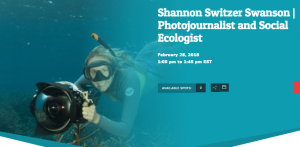
We were incredibly honored to get an on screen camera spot for National Geographic Explorer Classroom, with Marine Social Ecologist and Photojournalist, Shannon Switzer Swanson from San Diego, California. She is a fascinating woman in science addressing major conservation issues and resource management.
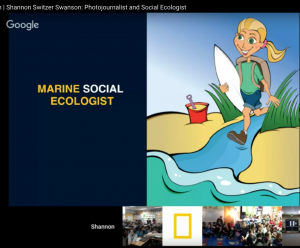
She uses different science and social science fields to understand how to protect our creatures, primarily in the water and coast lines. Also, we learned that she is a surfer. She shared with us a valuable lesson: do what you love and what is important to you. She loved water, and wanted to be able to continue spending time in the water, safely (she saw a friends get sick with bacterial infection from something happening in the ocean), so she went into a science where she can protect water and learn what exactly is going on with the water in our world.
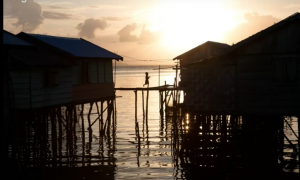
In this session, she shared and helped us understand about global supply chains and where everything comes from, which is a large part of us understanding who we are as global citizens.
One subject that was talked about, and quite familiar for Ms. Switzer Swanson is the situation for the Blue Tang fish, popularly known as Dory from Finding Nemo. 90% of the Blue Tang fish in the world come from the Coral Triangle. Her work has largely been on sustainability in coastal communities in Southeast Asia, where the Blue Tang are located.
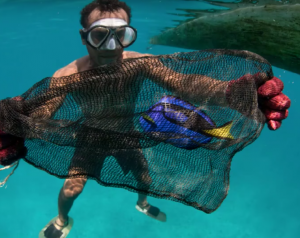
We were fascinated to hear her journey of discovering how many of the world’s people rely on the market of fishing (see below), in order to survive (income and primary source of nutrition). We also were shocked and saddened to discover some of the ways that fisherman meet these demands, especially with the popularity of the Blue Tang fish. She is doing major work to ensure sustainability of these fish and we are so grateful.
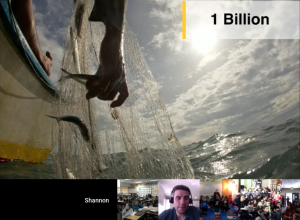
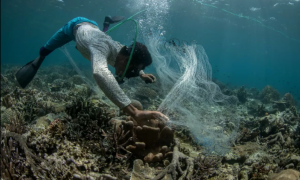
Learning from these amazing scientists, we too are becoming experts. We care about our oceans and experiences like this help us have the information we need to help be a part of the solution.
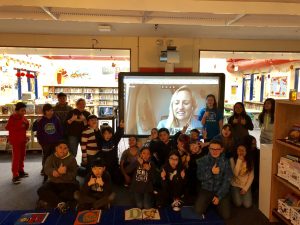
Lucky you, you can see our entire Virtual Field Trip experience here:
Also, if you would like to know more about the Blue Tang, check out this Smithsonian’s article. Learn more, to know more, to protect more!
https://www.smithsonianmag.com/smart-news/conservationists-are-worried-finding-dory-could-be-bad-exotic-fish-180959179/
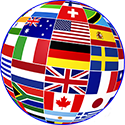
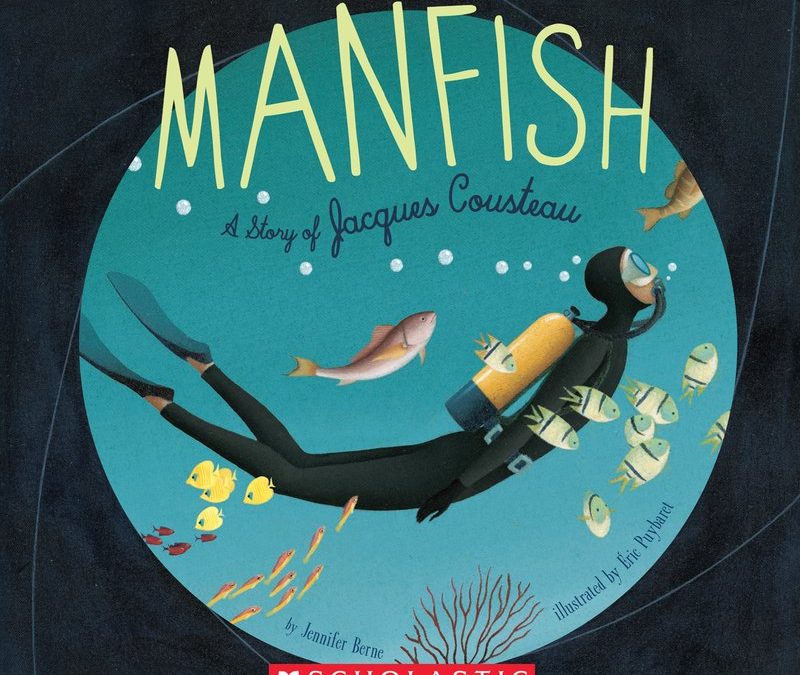
Here, here! I agree whole-heartedly: do what you love and what’s important to you.
This post reminded me of an Australian story, The Young Man and the Ghost Net at https://www.youtube.com/watch?v=GnN3t-5nf3g. This would be a wonderful tie-in to ocean protection.
Wow, great video and great connection! Thanks for sharing!